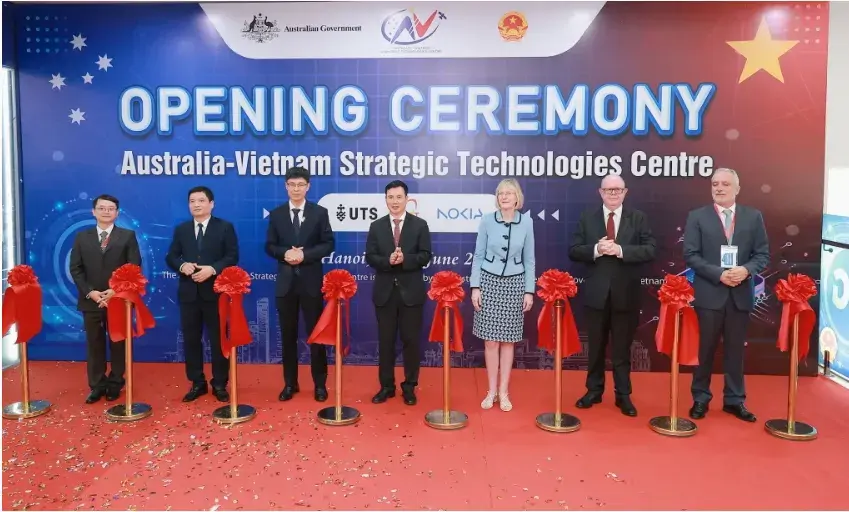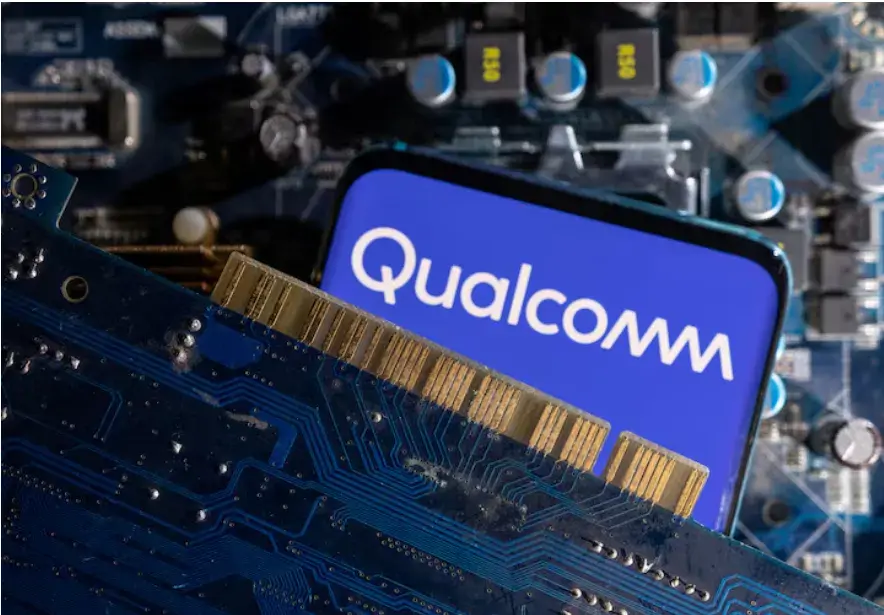The semiconductor industry is undergoing significant global shifts, and Vietnam is emerging as a key player in this transformation. According to market research released by Technavio, one of the world's leading technology research and consulting companies, the semiconductor market in Vietnam is poised for impressive growth. Expected to expand by $1.65 billion at a compound annual growth rate (CAGR) of about 6.52% between 2021 and 2025, Vietnam's semiconductor sector offers compelling opportunities for foreign investors. This article provides an in-depth analysis of the semiconductor production industry in Vietnam, highlighting its growth potential, legal framework, and strategic advantages.
Growth of the semiconductor industry in Vietnam
Over the past decade, Vietnam has attracted substantial foreign investment in the microelectronics and semiconductor sectors. Major multinational corporations such as Intel Corporation, Jabil, Sonion, Datalogic, and GES have established operations in Ho Chi Minh City's High-Tech Park, signaling their confidence in Vietnam's capabilities. This influx of investment has not only boosted the local economy but also positioned Vietnam as a significant player in the global semiconductor supply chain.
The rapid growth of Vietnam's semiconductor industry can be attributed to several factors. First, the country's strategic location in Southeast Asia makes it an ideal hub for companies looking to optimize their supply chains and reduce shipping times to key markets. Additionally, Vietnam offers competitive labor and production costs, which are significantly lower than in many other countries. These cost advantages, combined with the government's proactive policies, have made Vietnam an attractive destination for semiconductor manufacturers.
Legal framework supporting semiconductor development
Vietnam's government has recognized the importance of the semiconductor industry and has implemented a robust legal framework to support its growth. Key legislation, such as Decision No. 439/QD-TTg dated April 16, 2012, identifies semiconductor development as one of the nine key national products under the National Product Development Program to 2020. This decision underscores the government's commitment to fostering the semiconductor sector as a vital component of the country's industrial strategy.
In addition to Decision No. 439, the government issued Decision No. 66/2014/QD-TTg, which lists high technologies prioritized for development investment and high-tech products encouraged for development. This legal framework specifically includes technologies for designing and manufacturing semiconductors and semiconductor devices, further highlighting the government's focus on this critical industry. By prioritizing the semiconductor sector, Vietnam aims to attract more foreign investment and enhance its technological capabilities, thereby driving economic growth.
Strategic advantages of Vietnam for semiconductor production
Vietnam's appeal as a semiconductor production hub extends beyond its legal framework and competitive costs. The country's strategic location offers significant logistical advantages, making it easier for companies to access key markets in Asia, Europe, and the Americas. Vietnam's proximity to China, the world's largest semiconductor market, is particularly advantageous for companies looking to tap into this vast market while diversifying their supply chains.
Another critical factor contributing to Vietnam's attractiveness is its extensive network of free trade agreements (FTAs). Vietnam is a signatory to 13 FTAs, making it one of the most connected countries in the region. In contrast, Singapore has only six FTAs, and Malaysia has seven. These agreements provide Vietnam with favorable market access and investment conditions, allowing foreign investors to benefit from reduced tariffs and other trade incentives.
The most notable FTAs that have positively impacted Vietnam's semiconductor industry are the EU-Vietnam Free Trade Agreement (EVFTA) and the Comprehensive and Progressive Agreement for Trans-Pacific Partnership (CPTPP). These agreements grant preferential market access and investment conditions, making Vietnam an even more attractive destination for semiconductor manufacturers. Under the tariff schedules of these agreements, most semiconductor products enjoy a 0% base tariff rate, further enhancing the country's competitiveness.
Vietnam as an ideal destination for semiconductor investment
In conclusion, Vietnam's semiconductor industry is well-positioned for significant growth, driven by a combination of strategic location, competitive costs, a favorable legal framework, and extensive free trade agreements. The government's commitment to supporting the semiconductor sector, coupled with the growing interest from multinational corporations, underscores Vietnam's potential as a leading hub for semiconductor production. For business owners and investors in the semiconductor industry, Vietnam offers a unique opportunity to capitalize on the country's advantages and contribute to its burgeoning technological landscape.
As global demand for semiconductors continues to rise, Vietnam's role in the industry is set to expand, making it an ideal destination for investment. With the right strategies and partnerships, foreign investors can tap into Vietnam's growth potential and secure a strong foothold in the global semiconductor market.



.webp_2025-06-11-10-46-13-738.webp)